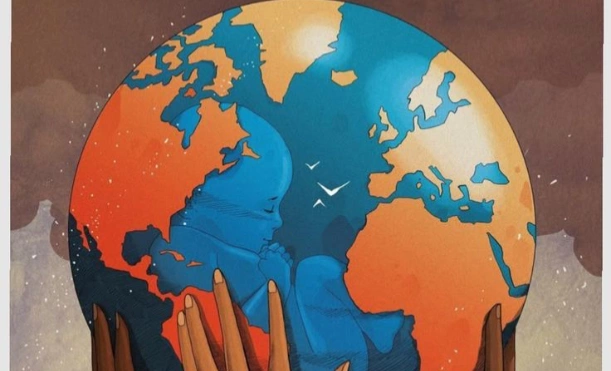World AIDS Day: Remembrance, Solidarity, and Hope
December 1 marks World AIDS Day, the first ever global health day, established by the World Health Organization in 1988. On this day, millions of people around the world come together to raise awareness of HIV/AIDS, to support those living with the virus, and to remember those we have lost.
🌍 Why is this day important?
AIDS remains one of the most serious global health challenges of our time. Since the discovery of the virus in the 1980s, millions of lives have been affected. However, thanks to the work of scientists, doctors, and activists, we have made incredible progress: today, modern treatments allow people living with HIV to live long and fulfilling lives.
❤️ The Red Ribbon Symbol

The most recognizable symbol of World AIDS Day is the red ribbon. It represents remembrance for the victims of the epidemic, support for those living with HIV, and hope for a future free from stigma and discrimination. By wearing a red ribbon, we show solidarity and a willingness to speak openly about the issue.
🤝 Fighting prejudice
One of the greatest challenges today is not only fighting the virus but also fighting prejudice. Unfortunately, people living with HIV still face discrimination. It is crucial to remember: HIV does not define a person. It is simply a medical condition that requires treatment and compassion.
💡 Theme of 2024
Each year, World AIDS Day carries a theme that highlights a specific aspect of the response to HIV — from prevention and testing to equal access to treatment. But the core message remains the same: every life matters.
🌱 Hope and the future

With ongoing research and global cooperation, humanity is closer than ever to ending the spread of HIV. More countries are offering free testing and treatment, and most importantly, society’s attitudes are changing: HIV is no longer a taboo subject.
World AIDS Day is a reminder to us all: knowledge, compassion, and support can save lives.
Close